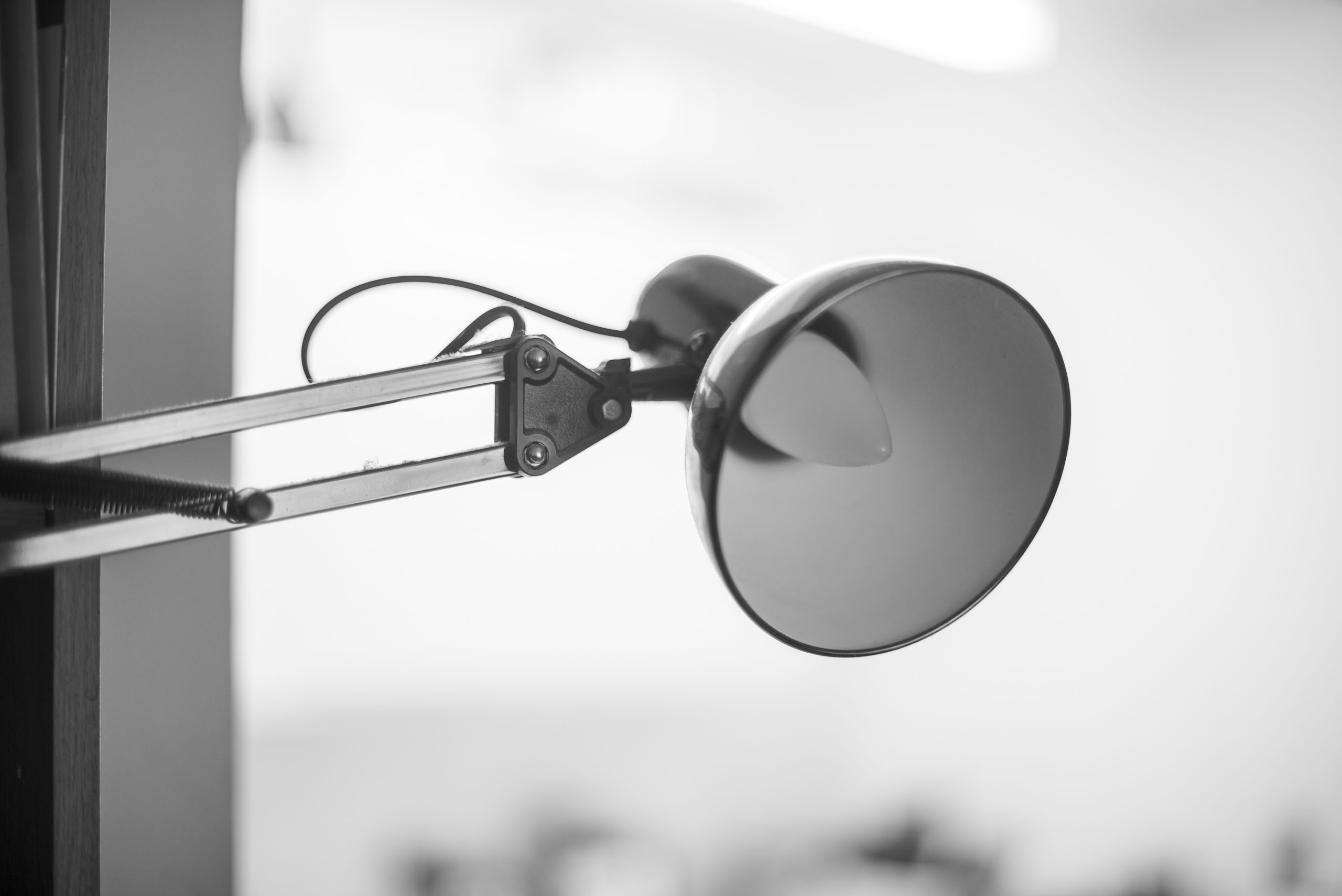 The long story
The long story
It’s now more than a year since I picked up my Nikon D5300 on Gumtree and once again it’s coming into its own. In July 2021, I posted about the advantage of having a 24 megapixel APS-C camera over a 36 megapixel full-frame camera for macro work. Once again I’m doing the same, but this time for wildlife photography.
 I absolutely love my Nikon D800, with its huge, high resolution full-frame sensor. I love the shallow depth of field that I get with my 50mm f/1.4, the beautiful bokeh rendered by my Sigma 105mm f/2.8, the gobsmacking colour rendition of my gloriously ultrawide Samyang 14mm f/2.8 lens and the astounding dynamic range of the camera’s 36 megapixel sensor. The D800 is without doubt a beast of a camera, and it’s one I can’t imagine being without.
I absolutely love my Nikon D800, with its huge, high resolution full-frame sensor. I love the shallow depth of field that I get with my 50mm f/1.4, the beautiful bokeh rendered by my Sigma 105mm f/2.8, the gobsmacking colour rendition of my gloriously ultrawide Samyang 14mm f/2.8 lens and the astounding dynamic range of the camera’s 36 megapixel sensor. The D800 is without doubt a beast of a camera, and it’s one I can’t imagine being without.
Comparing the background bokeh of FX and DX at the same aperture
Having shot APS-C since first joining the digital SLR community back in 2008, finally moving back to full frame shooting was incredibly exciting. Not since my film days had I been able to compose a photo in the exact way I wanted. I love the ability with FX to throw the background of an image out of focus, to generate that separation of background and subject, to lead the eye or create meaningful negative space in an image. It was the single most difficult challenge with APS-C, to create that separation in a scene. Because of this, I do think full frame is my best vehicle for telling a story. It always has been, because I have always used aperture and bokeh more than I’ve used shutter speed and motion blur in my image compositions to steer the viewer’s attention. Not exclusively, obviously, but that definitely has always been my principle thought process.
On FX the ability to throw the background out of focus is greater than on APS-C.
But the physics of wildlife and macro photography are what they are. I am not just a storyteller in my photography. I’m also very much (in fact probably far more) a documentarian or photojournalist, and a 24 megapixel APS-C will deliver greater reach than a 36 megapixel full frame camera, as soon as you need to crop. Just as with macro photographers, one of the first things that almost all wildlife photographers do in Lightroom or Bridge is to crop their images. It’s pretty much a given.
My Sigma 150-600mm on a full frame camera performs, as you’d expect, as a 150-600mm super-telephoto lens. However, on my APS-C camera, it performs the equivalent of a 225-900mm lens. That’s an extraordinary 50% more reach. But more than that, at the long end that’s 24 megapixels of 900mm, which is tighter in and more detailed than a 36 megapixel camera cropped in to the equivalent (by 9 megapixels). The 24 megapixel APS-C sensor, if it were physically the area of a full-frame sensor, would be nearly 55 megapixels. That’s a lot of detail, and detail is what wildlife photographers want.
Full frame versus cropped sensor
Probably all of the above would matter not one jot if the sensor on the Nikon D5300 performed as a budget or sub-par sensor. No, the images from Nikon’s APS-C sensor, processed through the Expeed 4 processor, I consider to be extremely good. The functions and features of Nikon’s camera line-ups may improve as you climb through the consumer range towards the pro cameras, with more buttons rather than menus, shooting higher frames per second and with much better autofocus systems etc, but the sensor and processor at the heart of Nikon’s consumer grade cameras have never been compromised. I would assume that this is the case for all of today’s camera manufacturers but I only have experience of Nikon’s consumer and pro DSLRs.
1:1 pixel, D800 vs D5300
In this side-by-side comparison you can see the difference in reach between the full-frame D800 and the crop-sensor D5300. The extra 1.5x magnification is not to be sneezed at. The D800’s 36.3 megapixel sensor provides amazing detail and resolution. Head to head, the D800 claws back some of its full-frame disadvantage through sheer brute force of resolution. Interestingly though, the D5300’s denser pixel pitch still means that it captures, inch for inch, more intricate detail on the sensor than the D800.
And the short of it
Both the full frame camera and the APS-C camera are essential for my camera bag. In order to shoot the wide variety of images I want to shoot, both are absolutely necessary. When it comes to macro and wildlife photography, I will always reach for my consumer-grade D5300 APS-C camera. As for landscapes, I think my D800 is likely the main candidate. But if I have both available, I’ll simply choose the one that’s best in the moment.









